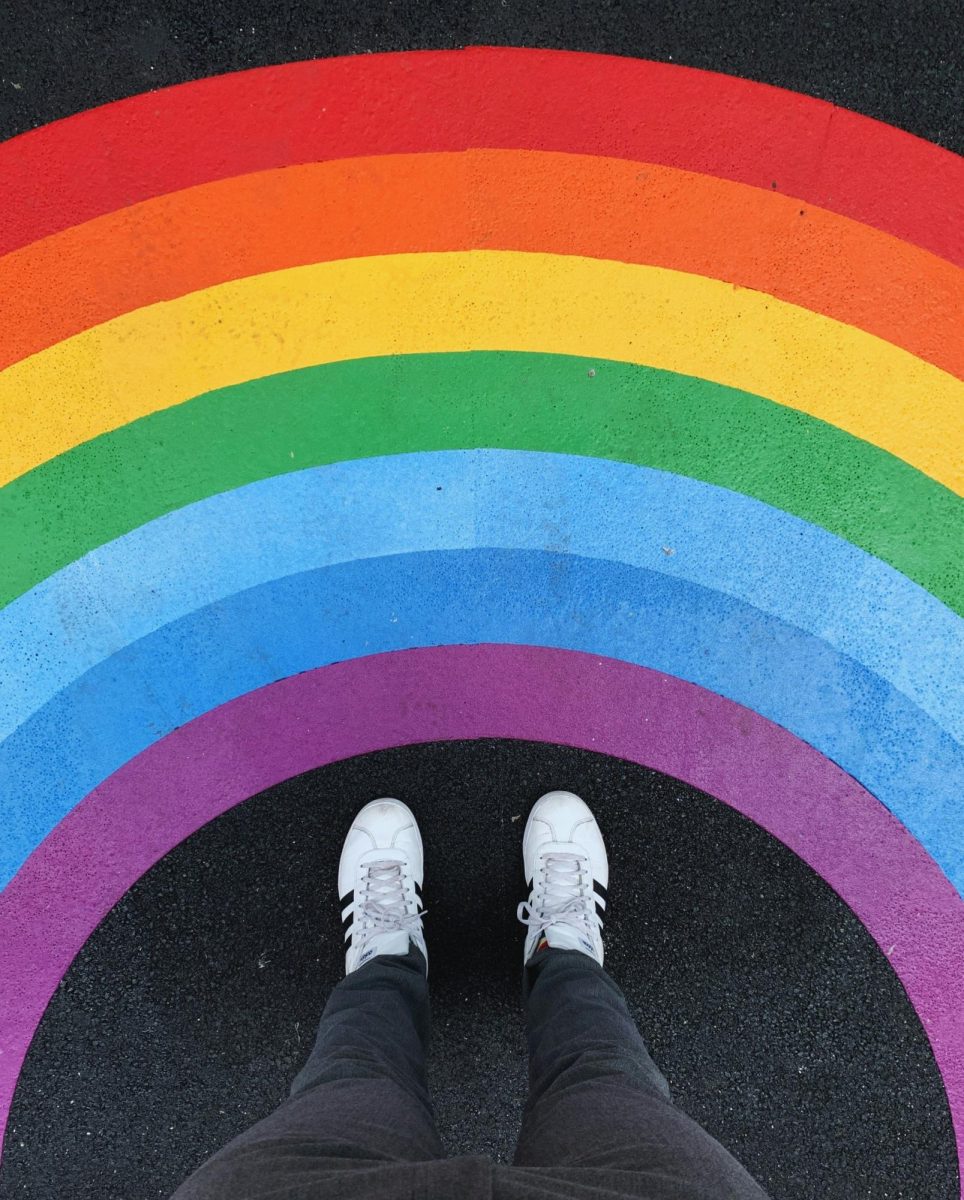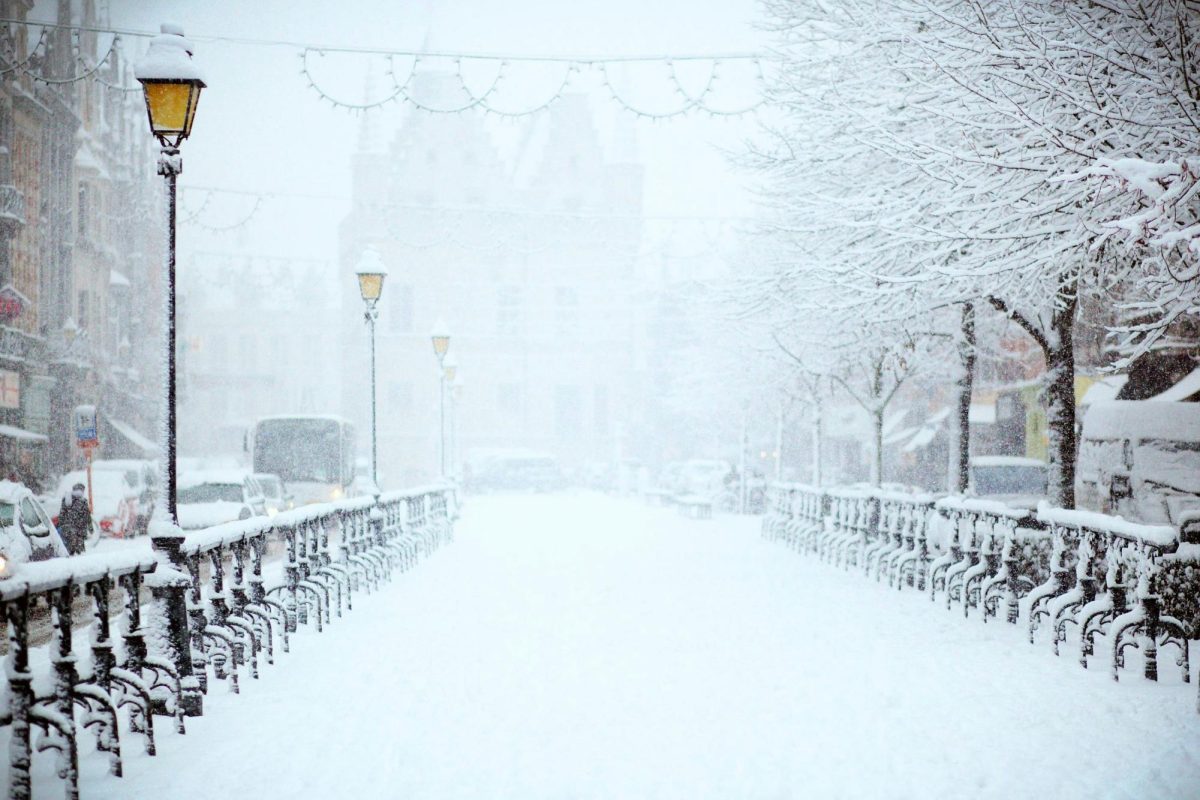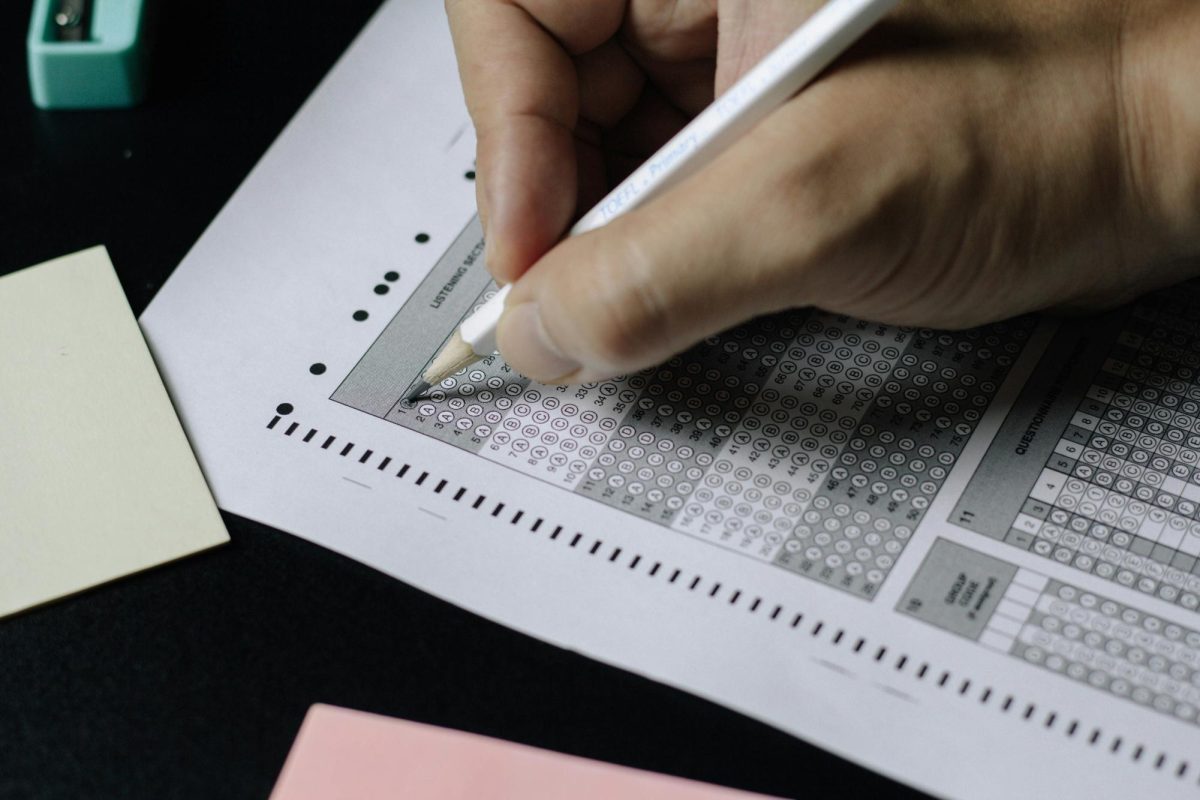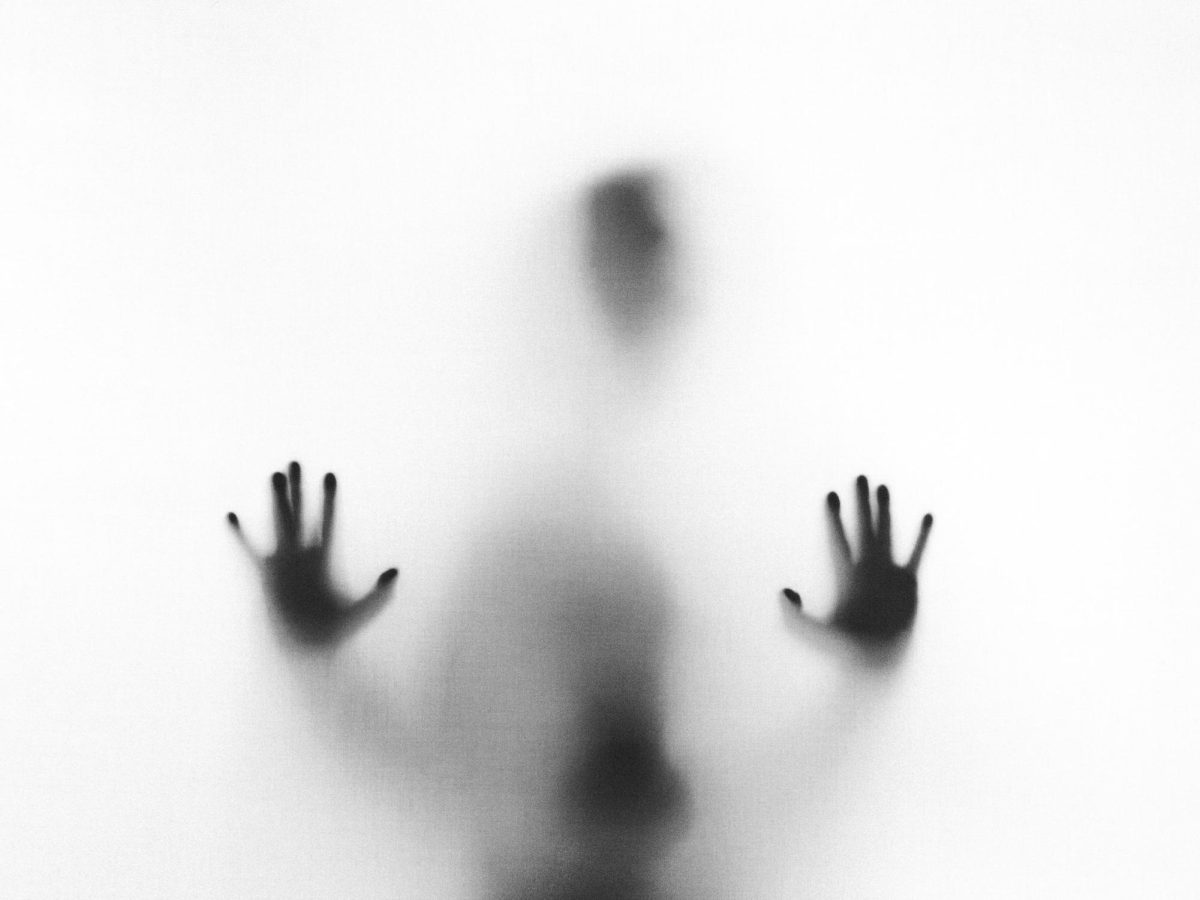During the month of June each year, the world celebrates Pride Month to honor and to recognize the contributions made by the LGBTQIA+ ( Lesbian, Gay, Bisexual, Transgender, Queer, Intersex, Asexual, and more) community to history, cultures, and society. Pride Month is celebrated in numerous ways, such as parades, gatherings, festivals, etc. Here at Shawnee, we even host our own pride event with the GSA (Gay, Straight, Alliance) club every June. Despite people knowing Pride Month as it is today, they may not know how it even began. Most people do not know the struggles the marginalized community faced to become recognized and to obtain the rights they deserve.
Although members of the LGBTQIA+ community have resided in the world for all of humanity’s time, the origins of LGBTQIA+ rights movements date back to the early 1900s, when individuals from North America and Europe established gay and lesbian organizations, such as the Society for Human Rights. Moving forward to post-World War II, additional groups, such as the Mattachine Society and the Daughters of Bilitis, published gay and lesbian positive newspapers. During this time, an increase in vocal demand for recognition as well as protesting against discrimination was taking place across cities. There was some small progress for basic civil rights, yet their rights were still being quelled. One night, however, changed the trajectory of the gay rights movement and the future of the pride community.
In New York City during the 1960s, it was common for the police department to raid bars and restaurants where individuals of the LGBTQIA+ community were known to gather. The most salient instance occurred in June 1969, when the NYPD raided the Stonewall Inn, a bar in Greenwich Village near Manhattan. While the police aggressively attacked people outside the bar, several people fought back. This fight had transformed into six days of protests and violent clashes outside the Stonewall Inn. The Stonewall Riots officially ended on July 2nd, 1969, and the gay rights movement emerged from being hardly represented to becoming front-page news worldwide. Protests and organizations erupted from this incident, shifting the outlook and trajectory of the community fighting for civil rights.
The first Pride Parade occurred one year after the Stonewall Riots, where activists in New York City marched through the streets of Manhattan in commemoration of the revolt. It was organized by the Eastern Regional Conference of Homophile Organizations (ERCHO) and the Christopher Street Liberation Day Umbrella Committee and was originally named the Christopher Street Liberation Day March; however, it later became known as simply the Pride Parade. An estimated 3,000 to 5,000 participants were in the march that stretched 51 blocks from Greenwich Village to Central Park. The event sparked other cities, such as Chicago, Los Angeles, and elsewhere, which led to establishing their own pride parades that same June.
Pride events began to spread across the world, ranging from celebrations and protests to memorials for those lost to AIDS or to violence. In June 1999, President Bill Clinton officially designated June to be Gay and Lesbian Pride Month. A decade later, President Barack Obama established Pride Month to include all members of the LGBTQIA+ community. Additionally, President Obama created the Stonewall National Monument, which resides around the Stonewall Inn, the origin of the modern LGBTQIA+ movement.
Today, Pride Month is a vital time to commemorate the effort, both in the past and present, that members of the community have put their lives upfront to fight for their rights and to be recognized without oppression. Discrimination and oppression are still prevalent, especially in countries where anti-LGBTQ+ sentiments are commonly found, and it is also found in cities and countries where it is deemed acceptable. This is the reason why Pride Month is an important time to recognize the activism and efforts put in to reach acceptability. Millions of people attend pride events around the world every year and continue to build and support the community. Happy Pride Month!
Source: Pride Month 2024: Origins, Parades & Dates | HISTORY














